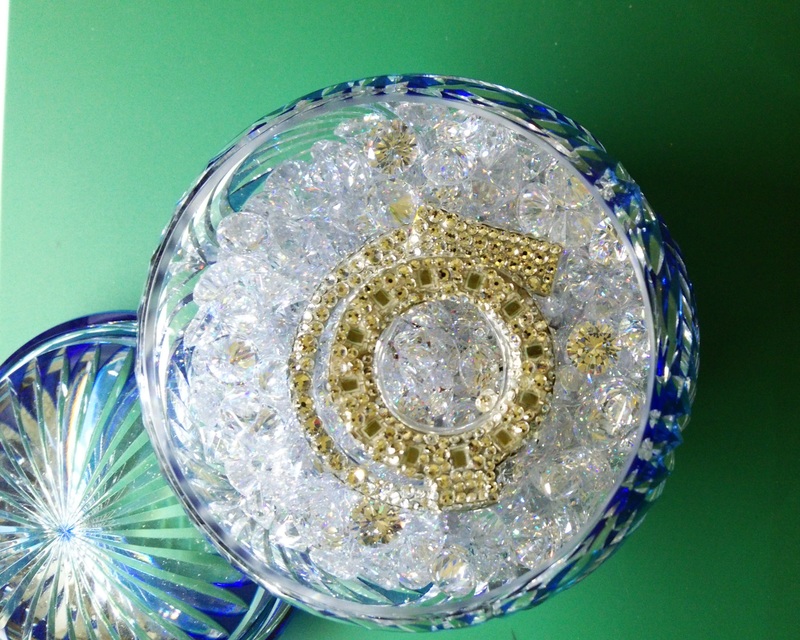Interviews

Analyzing Facial Movement Data with Earable, the Computerized Earring (Part 3)
Kazuhiro Taniguchi
Kazuhiro Taniguchi, creator of the computerized earring earable, explains that his approach toward life is cherishing the world you live in.
Interviewer & Japanese Writer: Yamamoto Takaya; Translation & Editing: Matthew Cherry
Kazuhiro Taniguchi, who was selected for the 2014 INNO-vation Program’s Disruptive Challenge, spends a lot of his time creating unique technologies. Aside from the computerized earring earable, he also developed an implantable computer called boneable, which can be implanted into the femur to extract medical data. Underlying his technological developments is an attitude of cherishing the world he lives in, hoping to make it a better place.
Read more about how earable works in Part 1.
Around the time Taniguchi graduated elementary school in 1983, the Nintendo Famicom (known worldwide as the Nintendo Entertainment System) was released in Japan. Although every kid at the time seemed to be mesmerized by it, Taniguchi remembers that he never touched it at all. “I think the trick to playing video games is that you really have to conform to the world that other people have created, but for me that’s not something I like to do,” he recalled.
Although Taniguchi wasn’t fond of the controller, he was still a kid that wanted to play. During his formative years, he often found himself by the rice fields, using the drained water to make clay figures that would dry and harden in the sun. He also spent a lot of time down by the river, where he would watch the sparkling reflection of the sun bounce off the water’s surface. One memory that stuck out in his mind was on a snowy day when he lay down and fell asleep. As the snow started to pile over him, nearby adults started to gather around him, thinking he had died.
“Whether it’s a river or the snow, you’ll never see the exact same scenery twice and you don’t know how it’s going to change, either. The way rays of light break through the sky depends on the movement of the clouds, and even subtle changes in the wind’s direction direct how snow falls. These “unknown” variables I think are what excited me the most as a kid,” Taniguchi introspected.

Halo, a design of earable, and its case
When asked to give a message to anyone thinking of applying to the INNO-vation Program, Taniguchi quoted philosopher Friedrich Nietzsche.
“There is one path in the world that none can walk but you. Where does it lead? Don't ask, walk!”
“In the musical Mary Poppins, there’s a special word you can say when you’ve got pent up emotion but don’t know how to express it well: supercalifragilisticexpialidocious. I feel like the same concept exists within innovation and the INNO-vation Program. The program lets you take hard-to-express concepts deep in your heart and make them a reality. I feel like Nietzsche’s words also support this concept. Antoine de Saint-Exupéry’s The Little Prince also has a line that expresses the same sentiment: important things can only be seen with the heart, not the eyes. Grasp what you truly feel in your heart, don’t be shy about expressing it, and do your best to reach out and touch the hearts of others.”
Innovation awaits at the end of the path that none can walk but you.
Kazuhiro Taniguchi’s Profile

